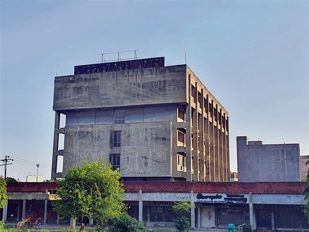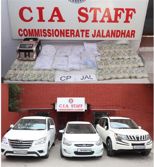
File photo
Ajay Banerjee
Tribune News Service
New Delhi, October 4
In what may indicate a “frosty winter” ahead for the India-China military relations, the Army has extended its ongoing “operational alert” all along the 3,488-km Line of Actual Control (LAC), the de facto boundary with China.
Operational alert by the Indian Army along the LAC entails high-altitude acclimatisation of a greater number of troops as the LAC along the Himalayan ridgeline is at heights that have rarefied oxygen — it takes around four weeks for acclimatisation of a human being.
(Follow The Tribune on Facebook; and Twitter @thetribunechd)
Additional force is stationed at identified vulnerable points along the LAC. All military platforms like artillery guns, tanks, short-range shoulder-fired missiles have to be kept in a state of readiness. Also, the repair of all roads and bridges is done constantly.
Confirming this to The Tribune, a top source said: “So far, no instructions have been issued to wind down the operational alert and it could get extended well into the winter.”
The move comes as the People Liberation Army (PLA) of China has not withdrawn far enough from the Doklam Plateau where the armies of the two countries were locked in a 74-day military standoff (June 16 to August 28).
The “operational alert” had commenced in August. As per an annual schedule, the “alert” winds down in phases and by the last week of October, when the weather starts getting colder in the upper reaches of the Himalayas, it ends.
A sizeable number of China’s troops are still positioned “west of the Torsa Nullah” near the Doklam Plateau. At the onset of winter, these PLA troops usually move northwards to their garrisons. The Doklam standoff was “east of Torsa Nullah”.
India had been insisting that the land east of the Torsa Nullah (a snowmelt rivulet) is with Bhutan. The PLA is maintaining a few hundred troops west of the nullah and their numbers are around 10,000 spread across the region abutting eastern and northern Sikkim. India has two divisions, some 12,000 men in each, complete with tanks in these areas.


























